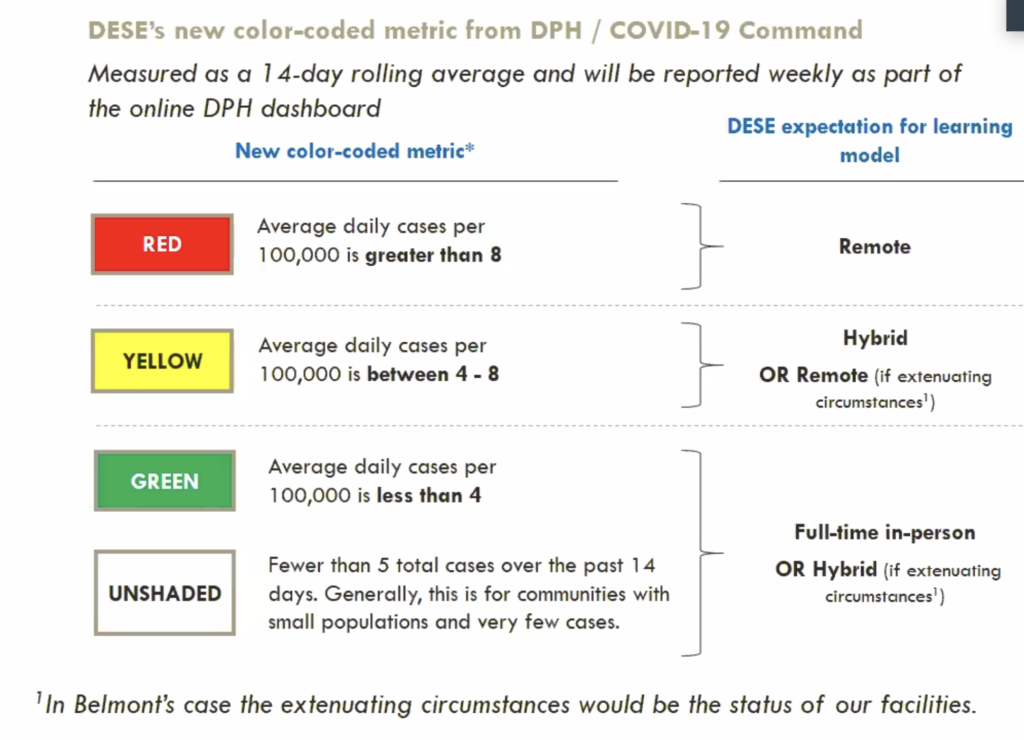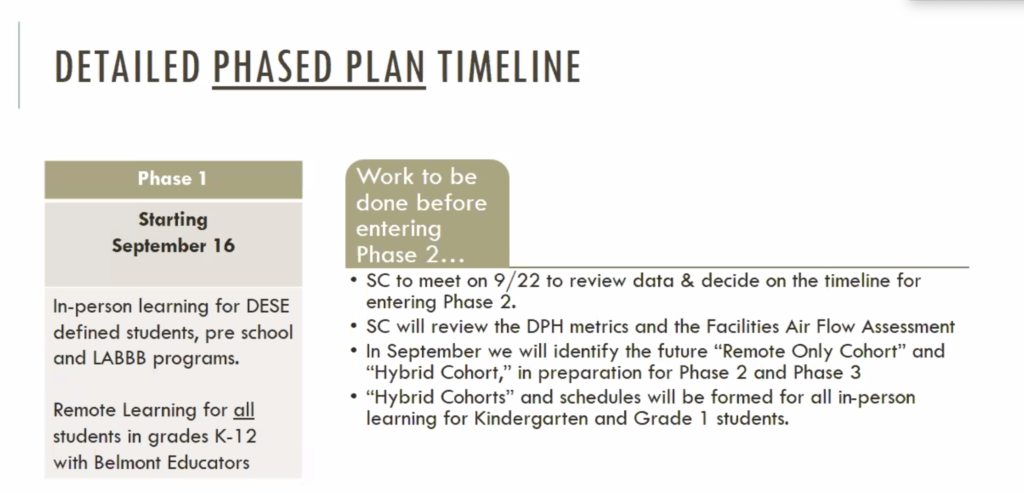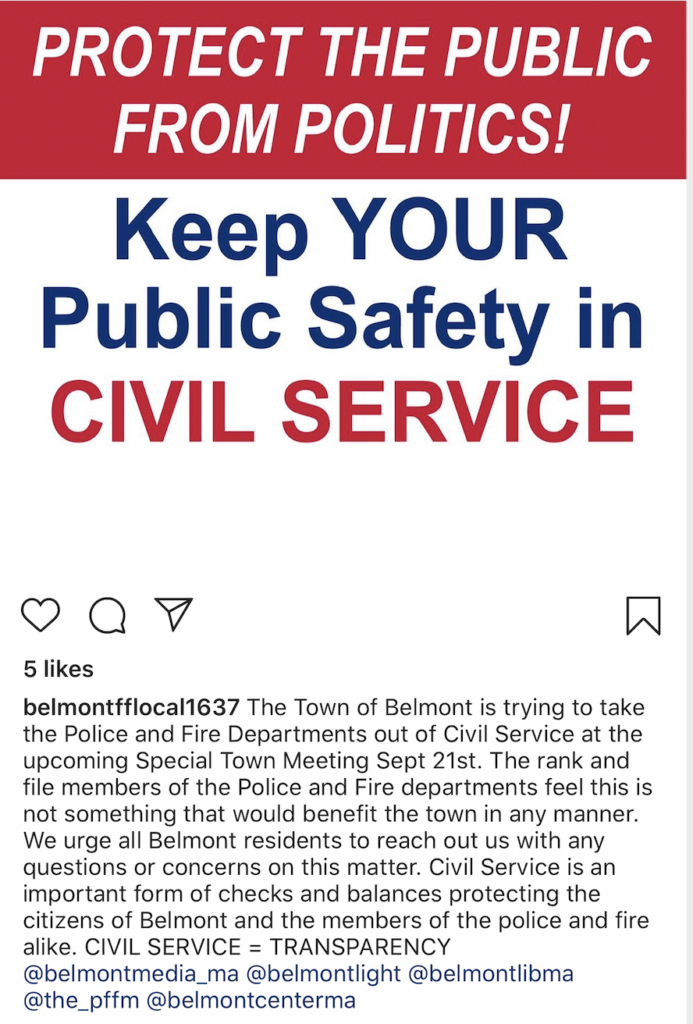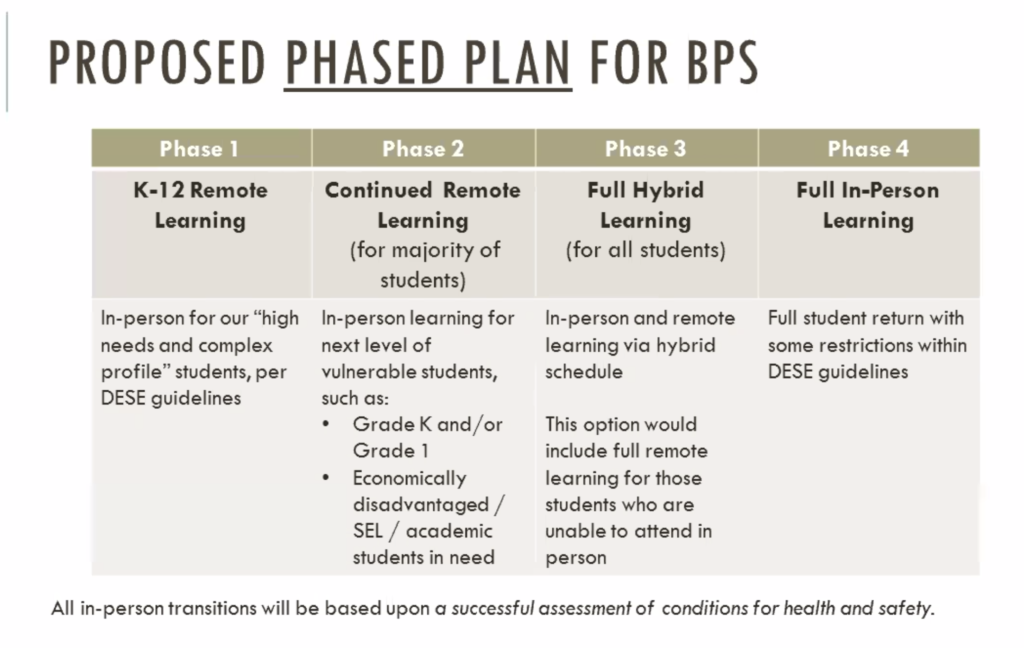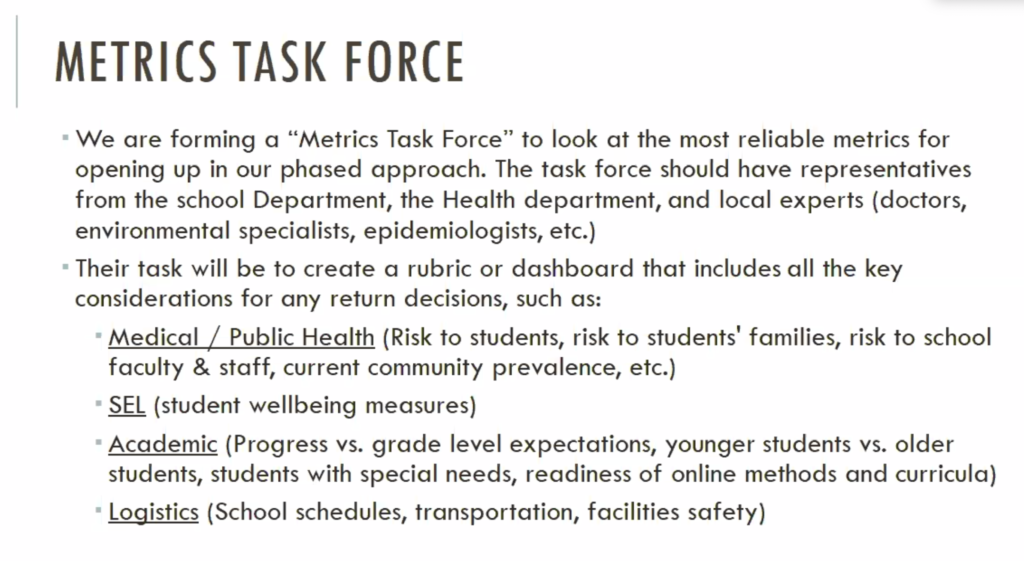Photo: The latest COVID-19 update for Belmont
The rate of new infections of COVID-19 in Belmont continues to remain steady with single digit increases over the past month.
As of Aug. 28, Belmont has reported 253 cumulative confirmed cases of COVID-19, an increase of four cases since the previous week’s Aug. 21 report. Due to the new case count in the past fortnight, Belmont is in the Massachusetts Department of Public Health’s “green” zone indicating less than four cases per 100,000 population based on the average daily case rate.
Since March when the first cases were reported, there have been 60 COVID-19 related deaths, 57 of which are confirmed by filed death certificates with the Belmont Town Clerk’s Office and three are unconfirmed. There has not been an additional death associated with the coronavirus pandemic since the last week in May.
The Massachusetts Department of Public Health (MDPH) continues to provide weekly reports of COVID-19 data by city or town as part of its Dashboard for COVID-19 Cases, Quarantine and Monitoring. MDPH updates this list once a week on Wednesdays.
